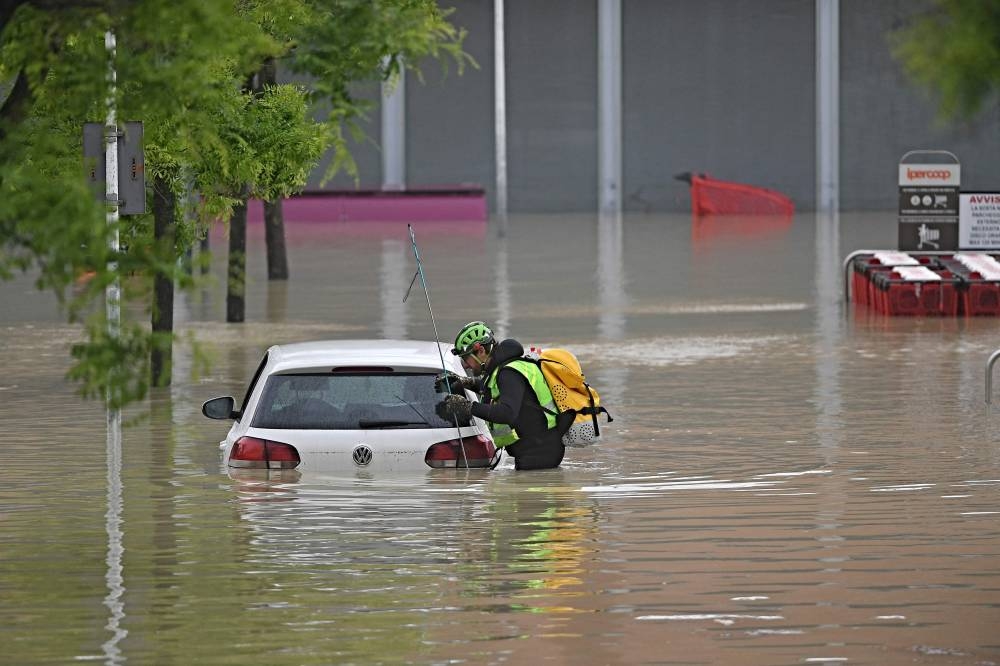Stamp: Parliament Building (Austria 1921)
Parliament Building (Austria 1921)
01 March (Austria ) within release Flood disaster goes into circulation Stamp Parliament Building face value 20+40 Austro-Hungarian krone
| Stamp Parliament Building in catalogues | |
|---|---|
| Michel: | Mi:AT 359 |
| Yvert et Tellier: | Yt:AT 251 |
Stamp is horizontal format.
Also in the issue Flood disaster:
- Stamp - Coat of arms face value 5+10;
- Stamp - Coat of arms face value 10+20;
- Stamp - Posthorn face value 15+30;
- Stamp - Allegory face value 20+40;
- Stamp - Posthorn face value 25+50;
- Stamp - Allegory face value 30+60;
- Stamp - Allegory face value 40+80;
- Stamp - Allegory face value 50+100;
- Stamp - Posthorn face value 60+120;
- Stamp - Coat of arms face value 80+160;
- Stamp - Coat of arms face value 1+2;
- Stamp - Coat of arms face value 1½;
- Stamp - Coat of arms face value 2+4;
- Stamp - Parliament Building face value 2½;
- Stamp - Parliament Building face value 3+6;
- Stamp - Parliament Building face value 4+8;
- Stamp - Parliament Building face value 5+10;
- Stamp - Parliament Building face value 7½;
- Stamp - Parliament Building face value 10+20;
- Stamp - Parliament Building face value 20+40;
- Stamp - Coat of Arms face value 1+2;
- Stamp - Coat of arms face value 10+20;
- Stamp - Parliament Building face value 20+40;
Stamp Parliament Building it reflects the thematic directions:
A disaster is a serious problem that happens over a period of time and causes so much harm to people, things, economies, or the environment that the affected community or society cannot handle it on its own. In theory, natural disasters are those caused by natural hazards, whereas human-made disasters are those caused by human hazards. However, in modern times, the divide between natural, human-made or human-accelerated disasters is more and more difficult to draw. In fact, all disasters can be seen as human-made, due to human failure to introduce appropriate emergency management measures
In modern politics, and history, a parliament is a legislative body of government. Generally, a modern parliament has three functions: representing the electorate, making laws, and overseeing the government via hearings and inquiries. The term is similar to the idea of a senate, synod or congress and is commonly used in countries that are current or former monarchies. Some contexts restrict the use of the word parliament to parliamentary systems, although it is also used to describe the legislature in some presidential systems (e.g., the Parliament of Ghana), even where it is not in the official name.
A building or edifice is a structure with a roof and walls standing more or less permanently in one place, such as a house or factory. Buildings come in a variety of sizes, shapes and functions, and have been adapted throughout history for a wide number of factors, from building materials available, to weather conditions, to land prices, ground conditions, specific uses and aesthetic reasons. Buildings serve several needs of society – primarily as shelter from weather, security, living space, privacy, to store belongings, and to comfortably live and work. A building as a shelter represents a physical division of the human habitat (a place of comfort and safety) and the outside (a place that at times may be harsh and harmful).
A flood is an overflow of water (or rarely other fluids) that submerges land that is usually dry. In the sense of "flowing water", the word may also be applied to the inflow of the tide. Floods are of significant concern in agriculture, civil engineering and public health. Human changes to the environment often increase the intensity and frequency of flooding. Examples for human changes are land use changes such as deforestation and removal of wetlands, changes in waterway course or flood controls such as with levees. Global environmental issues also influence causes of floods, namely climate change which causes an intensification of the water cycle and sea level rise.: 1517 For example, climate change makes extreme weather events more frequent and stronger. This leads to more intense floods and increased flood risk




